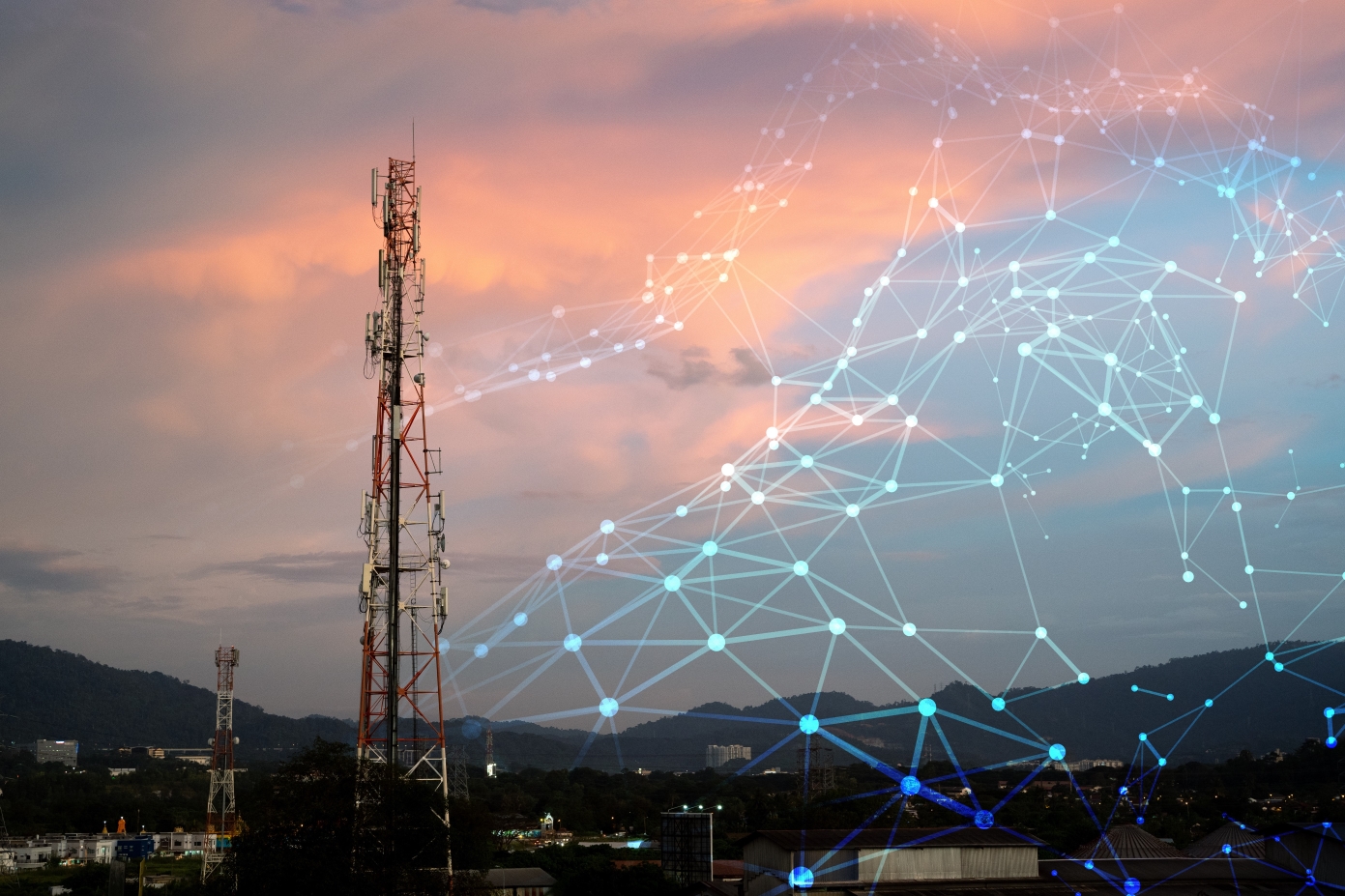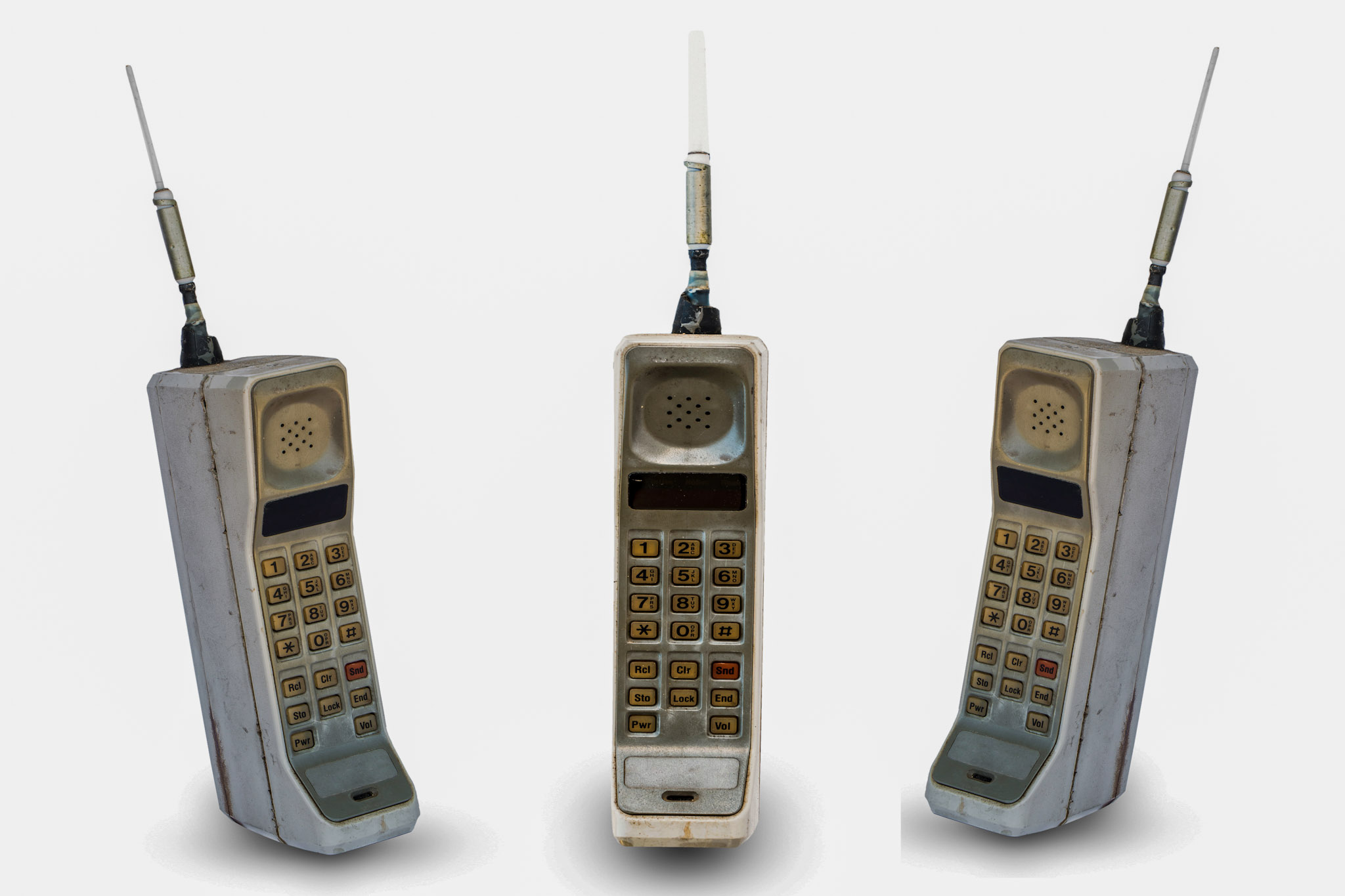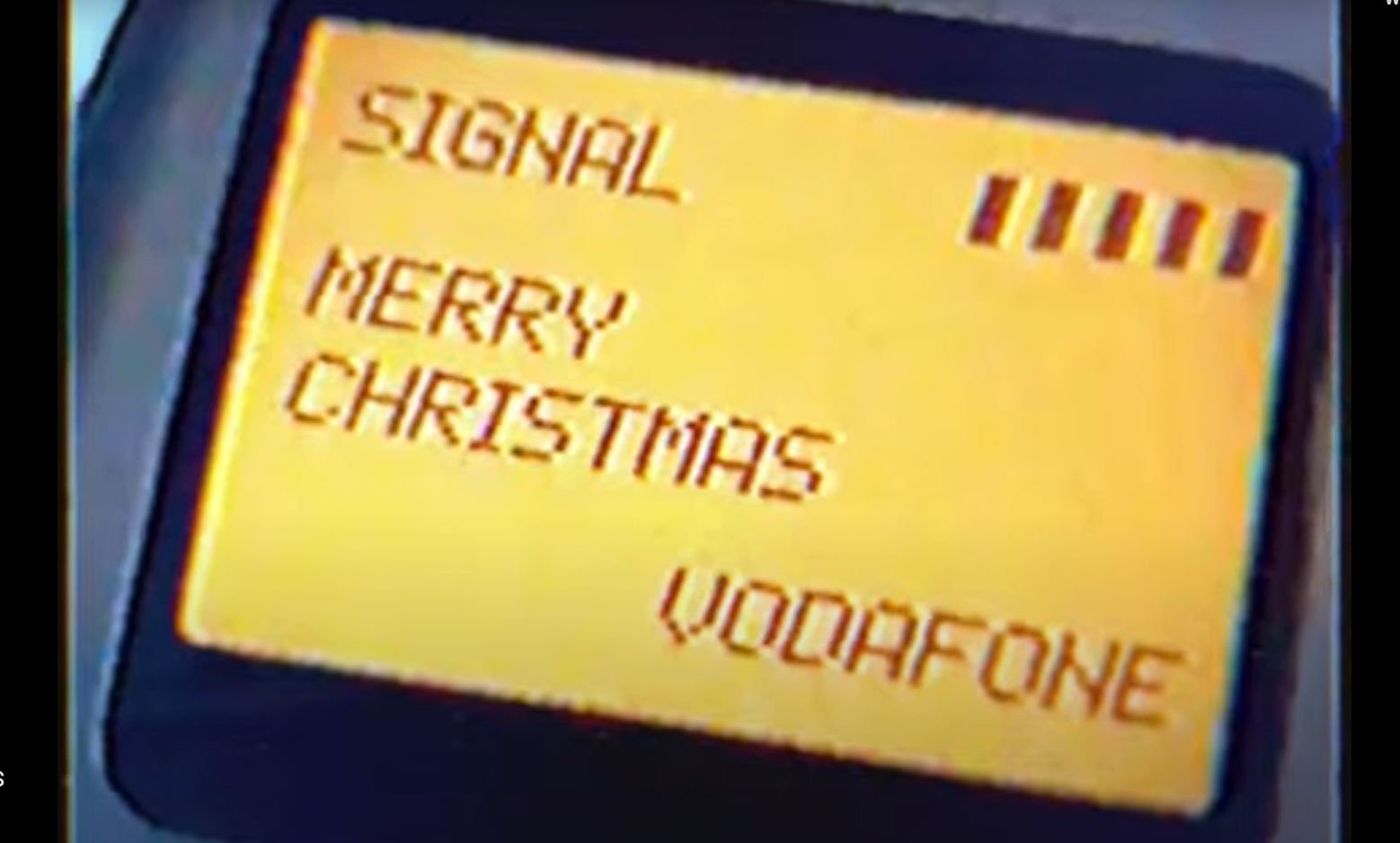
At a media conference in London on 22 March 1984, Racal Electronics plc announced the name of its new telecommunications service for the UK. And, just like that, Vodafone was born.
Inspired by the words ‘voice’, ‘data’ and ‘phone’, the company promised “to provide a truly portable and mobile, nationwide public telephone network.”
Almost one year later, just after midnight on 1 January 1985 in Parliament Square, London, Michael Harrison – the son of Vodafone’s founder and first chairman, Sir Ernest Harrison – made the UK’s first mobile phone call over Vodafone’s cellular network.
He called his father, saying: “Happy New Year dad, it’s Mike here. This is the first call ever made on a UK cellular network.” Days later, comedian Ernie Wise made the first public mobile phone call from St Katherine’s Dock in London back to Vodafone’s HQ in Newbury, Berkshire.
Fast forward 40 years to 2024 and Vodafone is now the largest pan-European and African telecoms company. The company provides mobile and fixed-line services to over 330 million customers in 15 countries, partnering with mobile networks in 45 more, and has one of the largest Internet of Things (IoT) platforms in the world.
To celebrate Vodafone turning 40 in 2024, Vodafone UK News reunited four longstanding members of the UK network and engineering team for a trip down memory lane.
The following conversation covered everything from their work at Vodafone and the legacy of the 3G network to the company’s growth from a small UK business based behind a curry house in Newbury to one of the world’s most recognisable brands.
Vodafone at 40: A brief history of the company's industry firsts
The following conversation features words from:
- Andrew Boyington, Integrated Solutions Engineer
- Colin Daszkiewicz, Network Coverage and Design Manager
- Rob Matthews, Senior Manager for Compliance and Programmes
- Phil White, Coverage Solutions Manager
We may be celebrating Vodafone’s 40th birthday, but the company is nothing without its people. So, tell us a bit about yourselves.
Phil: I’m a physicist by qualification. When I left university, I worked in the electronics industry, mostly radio-based technologies. I joined Vodafone when they were introducing 2G and looking for engineers to help. I’ve now been here nearly 34 years.
Colin: I studied computer science but wasn’t sure if it was the route I wanted to go down long term. I took the summer off, then put my name down with a number of different agencies. I got a call out of the blue one day asking if I wanted to go for an interview at Vodafone.
I started on a short-term contract, but obviously did something right, because they offered me a full-time role in the network planning team and I’ve now been at Vodafone for 30 years.
Andrew: I’ve been in telecoms all my working life, with a couple of years in data comms and IT. I started off with a company connecting telephone answering and Private Automatic Branch Exchange (PABX) machines to BT lines. I then moved onto Software Sciences as a Systems Engineer and after that Motorola, working on cellular network design.
I joined Vodafone in 1993. I started working in Radio Access Network (RAN) development, where the first big thing I did was to write some software for tracing the radio activity of mobiles in the network, which was used by our optimisation teams in several markets for a number of years.
Rob: I’ve been at Vodafone for 24 years, so I’m the ‘youngster’ here. I joined when the 3G network was in planning and, having been brought in to set up a team to address the concerns. We didn’t actually have a 3G licence at the time; I joined in April 2000 and we got that in the following summer.
First-ever mobile phone call made 50 years ago today
We switched off 3G across the UK to strengthen Vodafone’s 4G and 5G services earlier in the year. What do you believe is its legacy?
Rob: Basically, 3G brought to life the value of being able to use a network that can essentially access data rather than just voice and text. 3G was the catalyst for mobile data and the evolution of the networks that followed.
Andrew: 3G happened at the dawn of the internet boom. We take data access on our mobile phones for granted now but, at the time, I don’t think we knew how big it would become.
Phil: Nowadays, everyone has a mobile phone. We went from an engineering company – providing services to businesses – to offering phones to the person in the street.
Colin: It took quite a long time to get to 1 million customers. But then, within a short space of time, we suddenly grew exponentially.
Rob: I remember the first 3G handsets that we were testing on the network, and going out using them to show people what they could do. Taking pictures with those devices and being absolutely amazed. Those pictures look grainy now.
Phil: I think I can remember seeing my very first video call on 3G.
Andrew: Video calling was supposed to be the big seller for 3G, but it didn’t really take off at the time. Perhaps people weren’t ready for it. Of course, it’s routine now. The arrival of 4G and 5G, and the development of the handsets to support it, has made video mainstream now.

Phil: And look at what we’ve got today. The iPhone’s been around for more than 20 years, which is scary, isn’t it? I can remember the first ones. They just changed the way people interacted.
Colin: I think one thing I notice, which took place with the introduction of consumer handsets, was the massive escalation on network rollout – to ensure we got it to as much of the UK population as possible.
Rob: Obviously, we had the tiered deployment back then. We very much focused on where we thought people were going to use the network the most. So, we started with the major cities and then stretched out. The prediction was that the traffic would grow exponentially, and so we had to put the capacity in as well.
Colin: I remember the sponsorships brought home how big we’d become. England and Wales cricket teams, Manchester United, Ferrari, McLaren.
Andrew: Yes, we had several F1 drivers come and visit the Newbury HQ as part of the sponsorships Vodafone made.
Rob: I can remember when the HQ was opened in 2003. Before then, I would get on a bus to go to one of many office buildings we had in Newbury.
"I remember the first 3G handsets that we were testing on the network, and going out using them to show people what they could do. Taking pictures with those devices and being absolutely amazed. Those pictures look grainy now."
We’re now in the world of 5G, and we’re only just understanding what 5G Standalone (5G SA) is capable of. What are your thoughts?
Rob: 5G Standalone is a game changer. At the moment, one of the big features is the significant reduced latency. The ability to do that, by slicing the network, means you can dedicate sections of the network to certain applications, which opens up so many opportunities.
There was an interesting user case earlier in the year, where we teamed up with one of the onsite drinks vendors at Glastonbury Festival and they used a dedicated part of our network on their payment machines, which ultimately sped up card transaction payments.
But there are many more potential user cases out there, such as driverless cars, where milliseconds translates into metres. 5G SA ultimately makes things like driverless cars much more realistic.
Colin: Obviously, low latency is important, but 5G’s extremely fast download capacity is key too. And artificial intelligence (AI) is a massive talking point at the moment, isn’t it? That’s another area where 5G SA could come into its own.
Andrew: Low latency, machine-to-machine technology is a very important growth area that is enabled by 5G.
Phil: I agree. At the moment, 5G SA is primarily an enterprise application. But who’s to say there’s not some significant application that comes for the consumer as well?
Rob: As they say in the film, Field of Dreams, ‘if you build it, they will come.’ The potential for 5G SA is endless. However, our role in network development has always been about trying to stay five steps ahead of demand.
It can take years of planning to get a mast live, for example, so you need to think about what the demand is going to be in the next three to four years and to make sure that you’re always staying ahead.
Because, the instant you get stuck in the bow wave, you end up getting customer complaints that you’re not delivering the service they want and expect.
5G: Everything you need to know
What would you tell anyone planning to join the networks or engineering team at Vodafone?
Rob: Be prepared to adapt and change your perception of the network today, as it doesn’t necessarily meet the reality of tomorrow.
Phil: Go for it! I can say that, in my career, I’ve done lots of interesting, exciting and varied things. Things I never, ever thought I’d do in my life. It’s an exciting industry to be in.
Andrew: Yes, do it – it’s a great place to work.
Colin: I agree. It’s a very fast-paced, fast-moving industry, and you need to embrace change. If you’re in the networks team then you certainly need to be adaptable, but there’s plenty of learning opportunities to support you in this. And, ultimately, there’s a lot of good people and friends to be made.
Stay up to date with the latest news from Vodafone by following us on LinkedIn and Twitter/X, as well as signing up for News Centre website notifications.


![Young black woman on the mobile phone [Adobe Stock] edited stock photo of a young woman in winter clothing using a smartphone](https://www.vodafone.co.uk/newscentre/app/uploads/2024/02/Young-black-woman-on-the-mobile-phone-Adobe-Stock-edited.jpg)

